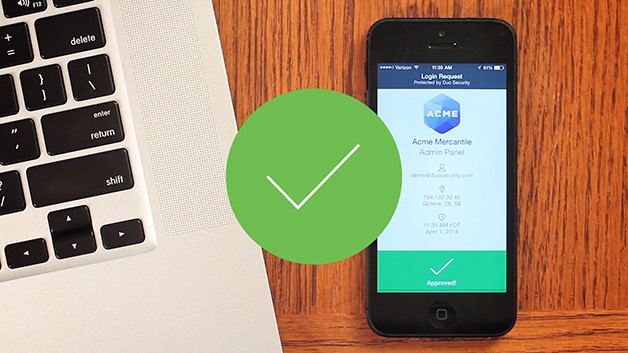What Is 2FA?
Two-factor authentication in cybersecurity
The digital landscape is evolving, and so are cyberthreats. 2FA plays a critical role in securing digital environments, but it is only part of the solution.
Organizations must adapt by adopting more sophisticated 2FA and multi-factor authentication (MFA) technologies. Implementing centralized user identity and access management (IAM) solutions can enhance security teams' ability to detect and respond to threats effectively.
However, these solutions should be paired with improving user education and awareness. By proactively addressing the challenges and vulnerabilities of 2FA, organizations can stay one step ahead of cybercriminals in the ongoing battle for digital security.
Is 2FA secure?
While 2FA significantly enhances security, it's not foolproof. Vulnerabilities within solutions and misconfigurations can be exploited by attackers. Cybersecurity professionals must continuously evolve their security strategy as cybercriminals find new ways of compromising systems—including 2FA.
Understanding the attack vectors that threaten 2FA is vital. Cybercriminals employ tactics like phishing and push bombing to trick users and evade this protective layer. For example:
- Phishing attacks can trick users into disclosing their 2FA information to attackers, who can then impersonate legitimate users.
- Push bombing overwhelms users with authentication requests, causing them to accidentally approve malicious ones due to MFA fatigue.
Read our free e-book, "Phishing for Dummies", to better understand phishing attacks with a real-world example of push bombing.
